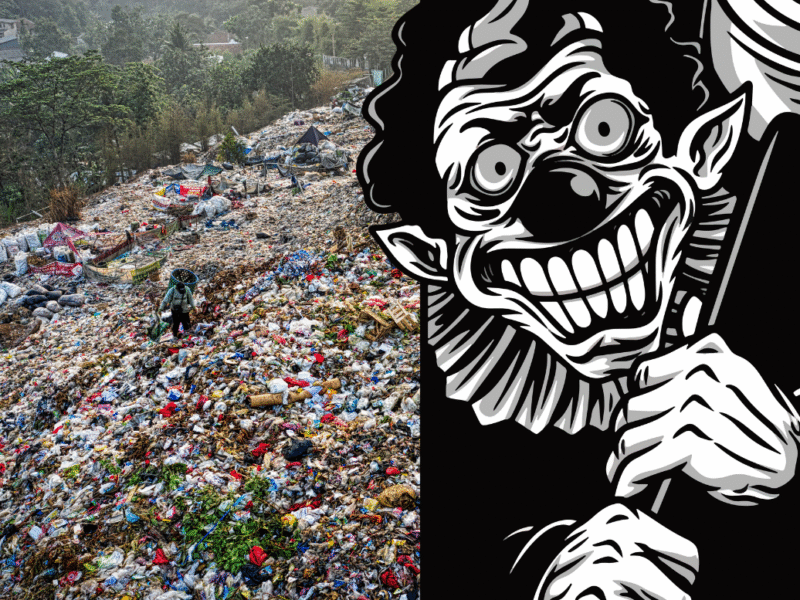
Tonight, we’re dimming the lights, firing up the dashboards, and summoning the ghosts of ERP projects past.
These aren’t myths or campfire tales—these are real stories of transformation gone terrifyingly wrong.
From candy empires losing millions to courtroom dramas and billion-dollar payroll nightmares, we’re pulling back the curtain on what happens when strategy slips, testing is skipped, or timelines turn monstrous.
But don’t worry—this isn’t just to spook you.
Every ERP horror story hides a valuable lesson in project discipline, governance, and timing.
So grab your flashlight (or your favorite BI dashboard glow) and join us for the first of these real-life scary ERP stories:
Waste Management vs. SAP.
In 2005, Waste Management, Inc., the largest trash collection company in the U.S., signed a multi-million-dollar deal with SAP.
The mission: to unify its fragmented billing, logistics, and customer systems into a single, streamlined ERP.
But by 2007, that dream turned into one of the most infamous ERP disputes in history.
The Implementation from Hell
Waste Management claimed SAP sold it “unusable software”—a system that couldn’t even handle basic waste billing functions.
SAP countered, saying Waste Management refused to adapt its business processes to standard best practices, demanding excessive customizations instead.
The system, originally meant to deploy nationwide, never even made it past pilot testing.
The Legal Battle
By 2008, the gloves were off.
Waste Management sued SAP for fraud and breach of contract, demanding damages exceeding $100 million.
The case became a media spectacle. SAP’s own legal filings argued that the company’s leaders had misrepresented requirements and failed to provide accurate data.
Ultimately, in 2010, the companies reached a confidential settlement.
The True Cost
Beyond the financial loss, Waste Management faced years of halted modernization and operational inefficiency.
Internally, it led to stricter governance frameworks for future IT projects.
The Root Cause: Customization Overload
ERP systems like SAP are designed for standardization—80% best practices, 20% business-specific tweaks. Waste Management tried to flip that ratio.
The result? Chaos.
Excess customization creates “spaghetti code”—making upgrades impossible, integrations unstable, and costs exponential.
Lessons from the Lawsuit
Adopt the system’s strengths. Don’t fight them.
Strong governance prevents chaos.
Customization is like candy—it’s sweet until it rots your foundation.
Conclusion
The Waste Management vs. SAP case proves that ERP failure isn’t about technology—it’s about control. When companies bend software too far, the system breaks back.
Thank you very much for reading today! Come back tomorrow, we’ll have a sweet one in our hands – bwahahahaha!!
Sources
- Wikipedia – Waste Management, Inc. – ERP software implementation failure
https://en.wikipedia.org/wiki/Waste_Management,_Inc. ComputerWorld – Waste Management sues SAP over ERP implementation – Computerworld
